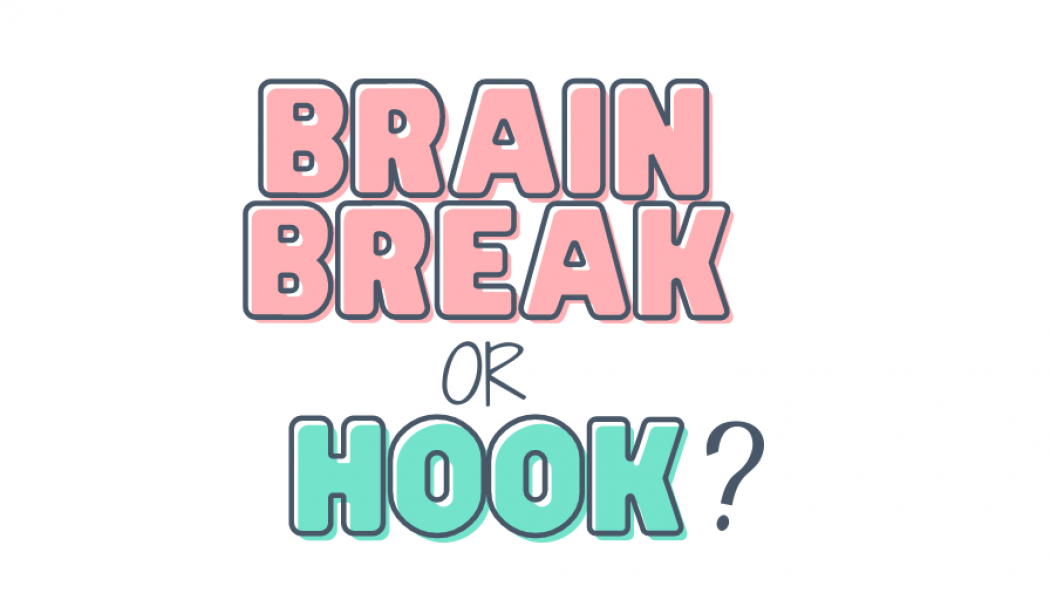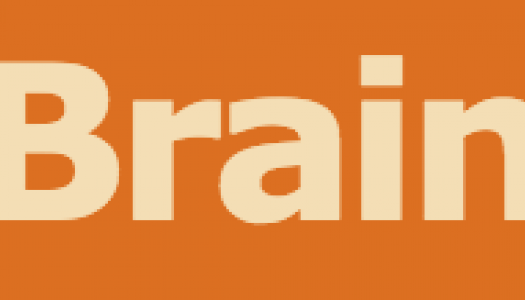Brain Break vs. Hook

Join Our Community
Access this resource now. Get up to three resources every month for free.
Choose from thousands of articles, lessons, guides, videos, and printables.
To get optimal focus from our students during lessons, we follow the age = time rule. The age of our students determines the length in minutes of our lessons. In our quest for brain-compatible lesson length, we have learned that when lessons go too long, we’re probably trying to teach too much. We have so much information to teach our students, we often try to cram multiple teaching points into one lesson. However, that increases the time of the lesson and makes it so the learner has more than one focus to remember.
Now when planning for a lesson, we consider the number of teaching points. If it looks like we’ll need more than 10 minutes, we divide that single lesson into more than one. We find that our students are more successful and there’s a much better chance that the content will stick.
However, if a lesson is close to being finished and we need just a few more minutes to complete it, we incorporate a brain break called a hook.
What is the difference between a brain break and a hook? In his interview with Gail, Dr. John Medina shared that when you have reached the optimal lesson length but want a learner to continue to gain new information, it is important to provide a brain break that allows students to process what they have already learned.
He recommends that this brain break be a hook that relates to the lesson and allows students an emotional, kinesthetic, or cognitive shift of some sort. If the lesson is going to continue, the break has to relate to the content being taught. It has to help them hook, or relate, their learning. For example, personal stories about the content that tie in emotion, fun facts to interest them, or turn-and-talks about the content are all hooks. They’re still brain breaks, but instead of just being a movement or song to get students moving, they’re hooks that relate to the content.
So you may be wondering, When do we use brain breaks that do not provide a hook? We use those anytime students are in the same area or expected to engage for longer than the age = time rule but the content doesn’t necessarily relate. For example, if you finish sharing at the end of the literacy block and are moving to the first focus lesson of your math block, you may wish to insert a brain break, and a hook is not needed.
In the same way age-appropriate lesson lengths allow students to maintain focus, effective transitions recharge them before they reengage their concentration. We use brain and body breaks as needed to allow students the chance for a physical diversion, some much-needed kinesthetic movement, and a short rest from the brain work they’re doing that enables them to refocus. These transitions, which provide a brief and welcome respite, equip students mentally and physically for learning.
So, when planning your lessons, consider including a hook if the lesson is going to extend slightly over the age = time rule. And if at the end of a lesson or block of time you simply need to provide a space for processing or to reenergize, a regular brain break will work just great!






